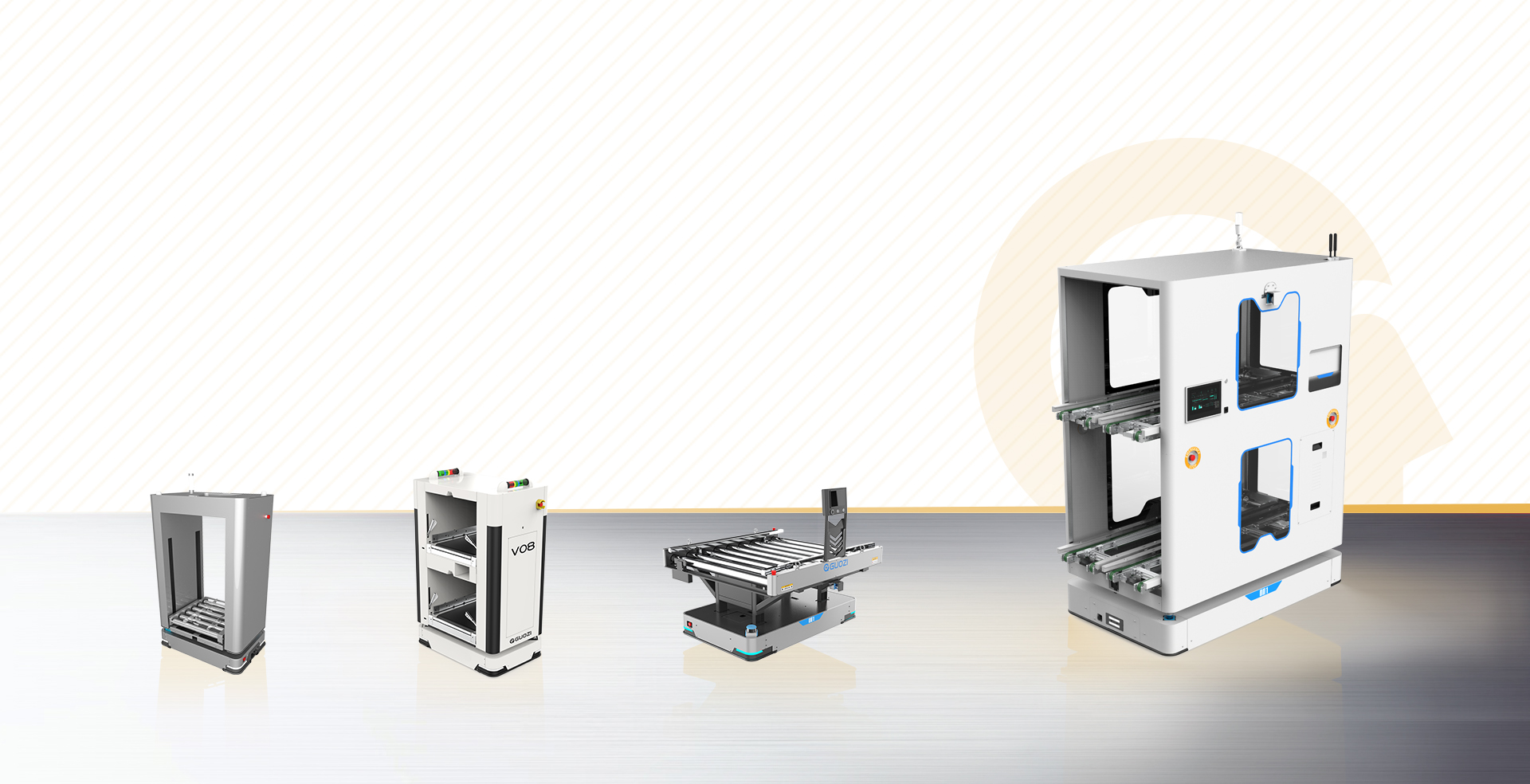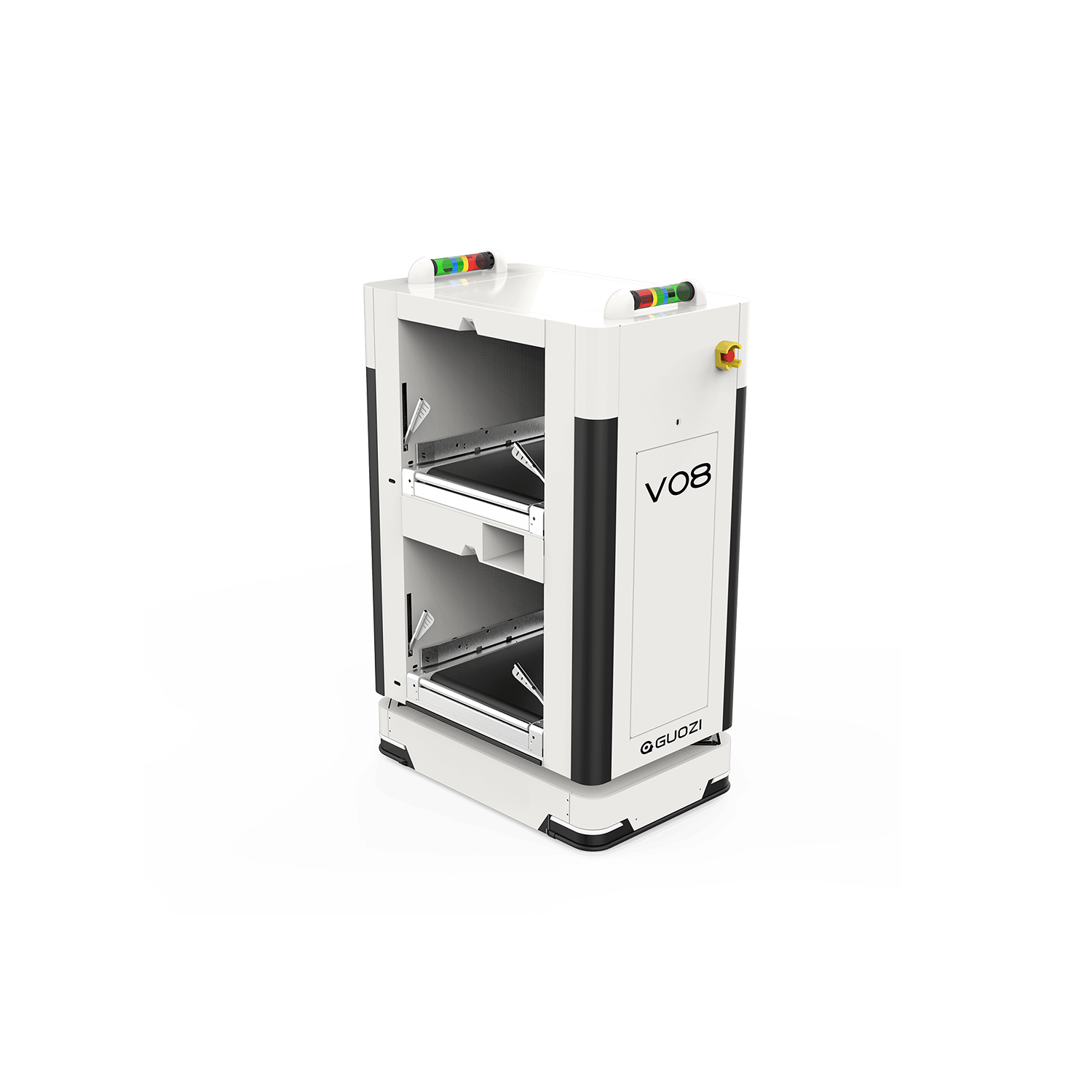In today's informationization era, enterprises are faced with a huge amount of data and information, how to efficiently integrate these resources to enhance the core competitiveness of the enterprise has become the top priority of enterprise informationization construction. Application integration and data warehouse play a crucial role as two core technologies of enterprise informatization. In this paper, we will deeply discuss the concepts, key technologies of application integration and data warehouse and their application practices in enterprises.
Overview of Application Integration
Definition of Application Integration
Application integration refers to the effective integration of multiple application systems, both internal and external to the enterprise, to achieve the unification of data, business processes, and user interfaces in order to improve the overall operational efficiency of the enterprise.
Importance of Application Integration
(1) Elimination of Information Silos: Application Integration is able to break down the information barriers between various departments and business systems within the enterprise, and to realize data sharing.
(2) Improve the efficiency of business collaboration: Through application integration, enterprises can optimize business processes, achieve seamless connection between business systems, and improve work efficiency.
(3) Reduce IT costs: Application integration helps reduce duplicate investments and lowers the cost of enterprise IT operations and maintenance.
Overview of Data Warehouses
Definition of Data Warehouses
Data Warehouses are subject oriented, integrated, non-volatile, and time-varying collections of data used to support analysis for business decisions.
Importance of Data Warehouses
(1) Improve data quality: data warehouses ensure the accuracy and consistency of the data by cleansing, transforming, and loading the source data.
(2) Support decision analysis: data warehouse provides rich data resources for enterprises, helping them realize accurate decision making.
(3) Reduce the cost of data maintenance: data warehouse centralized storage of enterprise data, easy to manage and maintain.
Key Technologies for Application Integration
Data Integration: Realize the interconnection of data between different systems through data mapping, data conversion and other technologies.
Business process integration: automation and optimization of business processes by using workflow technology.
User Interface Integration: Provide users with a unified operating experience through interface integration technology.
Application Programming Interface (API) Integration: Utilizing APIs to achieve inter-system function calls and data exchange.
Key Data Warehouse Technologies
Data Extraction: Extracting data from the source system to provide raw data for the data warehouse.
Data cleansing: checking, de-weighting, and completing the extracted data to ensure the data quality.
Data transformation: transform the cleaned data according to the model of the data warehouse to meet the analysis requirements.
Data Load: Load the transformed data into the data warehouse for decision analysis.
Application Integration and Data Warehouse, as the key tools of enterprise informatization, are of great significance to the enterprises in improving operational efficiency, reducing costs and supporting decision-making. Enterprises should reasonably use these two technologies according to their own needs to continuously improve the level of informatization and lay the foundation for the long-term development of the enterprise.








